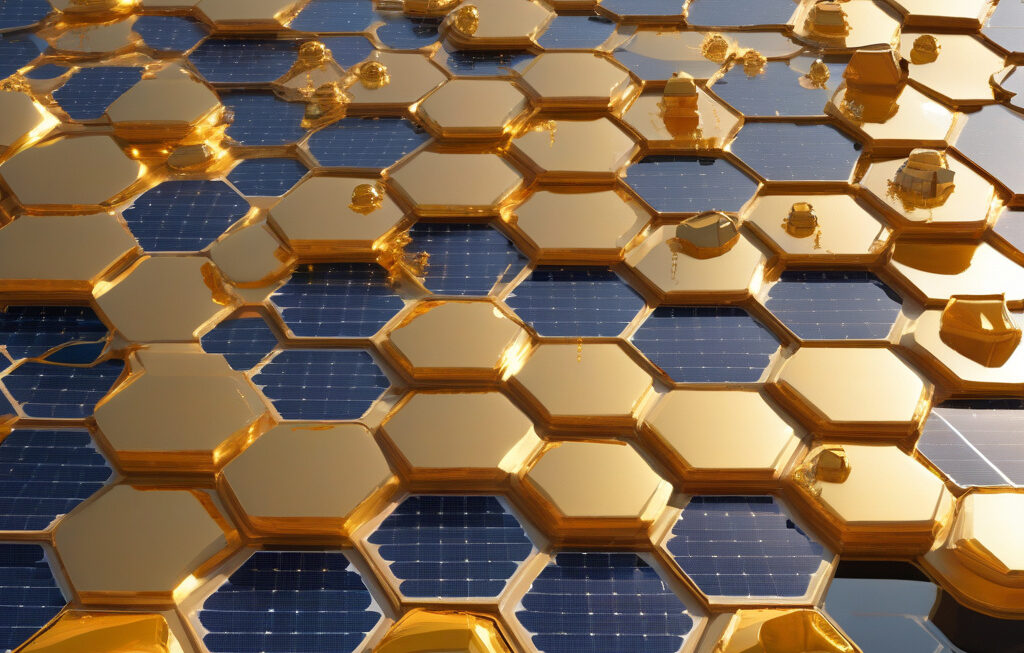Scientists Identify ‘Semi-Stable’ State to Boost Solar Material’s Performance
Computer simulation and machine learning have provided new insights into a family of solar cell materials, potentially revolutionizing the renewable energy sector. Researchers have identified a groundbreaking ‘semi-stable’ state within these materials that could significantly enhance their efficiency and durability.
Solar cells play a crucial role in the global shift towards sustainable energy sources. However, their widespread adoption has been hindered by limitations such as efficiency and stability. By delving into the molecular structure of these materials using advanced computational techniques, scientists have uncovered a novel phenomenon that could address these challenges.
The concept of a ‘semi-stable’ state represents a delicate balance between two opposing forces within the material. This state allows for greater flexibility in responding to external factors, leading to improved performance under a variety of conditions. By harnessing this unique characteristic, researchers believe they can enhance the efficiency of solar cells while prolonging their lifespan.
One of the key advantages of this discovery is its potential impact on the cost of solar energy. By boosting the performance and durability of solar materials, the overall expenses associated with manufacturing and maintenance could be significantly reduced. This, in turn, would make solar power more accessible to a larger population, accelerating the transition to clean energy sources.
Moreover, the identification of the ‘semi-stable’ state opens up new possibilities for the design of next-generation solar technologies. By fine-tuning the molecular structure of materials to achieve and maintain this state, scientists can create solar cells that outperform current models in terms of efficiency, reliability, and cost-effectiveness.
The implications of this research extend beyond the field of renewable energy. The use of computer simulations and machine learning to uncover hidden properties within materials highlights the power of interdisciplinary approaches in scientific discovery. By combining expertise from diverse fields, researchers can unlock new potentials and drive innovation in unexpected directions.
As we stand on the brink of a pivotal moment in human history, where the need for sustainable solutions has never been more pressing, the breakthrough in solar material research offers a glimmer of hope. It showcases the ingenuity and dedication of scientists working towards a common goal: to create a more sustainable future for generations to come.
In conclusion, the identification of a ‘semi-stable’ state in solar materials represents a significant advancement in the quest for efficient and durable renewable energy sources. By leveraging this newfound knowledge, researchers have the opportunity to reshape the landscape of solar technology and accelerate the transition to a cleaner, greener world.
solar, materials, performance, renewable energy, sustainability












